Creating the perfect al fresco dining experience to help struggling restaurants fend off COVID-19 is being considered in South Pasadena after actions taken by the City Council last week.
The term al fresco comes from the Italian language and simply means “in fresh air.” The council is looking at streets, sidewalks, even parking areas, to expand outdoor eating and businesses.
Restaurants, pubs (currently under dispute after statewide closures in California), to cafes, even mom-and-pop shops, could be stretching outside their walls in an effort to curb the spread of the disease. “Allowing more temporary outdoor options for people to dine and shop will reduce the risk of exposure to coronavirus during this public health crisis while addressing the economic urgency our businesses face,” explained South Pasadena City Councilmember Marina Khubesrian.

Two weeks ago, during its regularly scheduled June 17 meeting, the council received and filed information regarding the Al Fresco Dining and Retail Pilot Program to temporarily relax Temporary Use Permit (TUP), Encroachment Permit, and parking requirements authorized by a local Emergency Declaration Resolution.
Action by the council allows restaurants to move forward authorizing permits to allow use of private parking lots for dining or retail activities. City staff has been directed to research aesthetically pleasing and cost effective ways to expand outdoor dining space onto parking lanes. Retail stores can also apply to use their private parking lots to expand their sales display space outdoors.
“Restaurants who wish to expand their outdoor dining capacity should work with staff to get permits and parameters to do so,” said Khubesrian, who suggested the concept, which is being used in other cities, to the council in early June. “This is a good time to try something like this. We may want to continue with the Al Fresco program beyond the current crisis.”
Margaret Lin, manager of Long Range Planning and Economic Development for the city of South Pasadena, explained in a city report that “the first phase will focus on businesses that are interested in utilizing the parking lane in front of their business to provide a designated curb-side pick-up area; or utilizing their off-street parking or other private spaces for outdoor dining or retail purposes. She prepared the report along with Joanna Hankamer, the city’s director of Planning and Community Development.
Lin explained that designated curbside pick-up areas could be implemented quickly utilizing temporary signage. “Utilizing existing parking lots or other private spaces would require a relaxation of parking and TUP requirements,” she said.
The second phase, noted Lin in the report, will extend the pilot program to include the use of on-street parking spaces or side streets to provide additional space for outdoor dining and retail. The acquisition of safety barriers to ensure adequate protection to physically separate vehicles from people would also be part of the second phase.
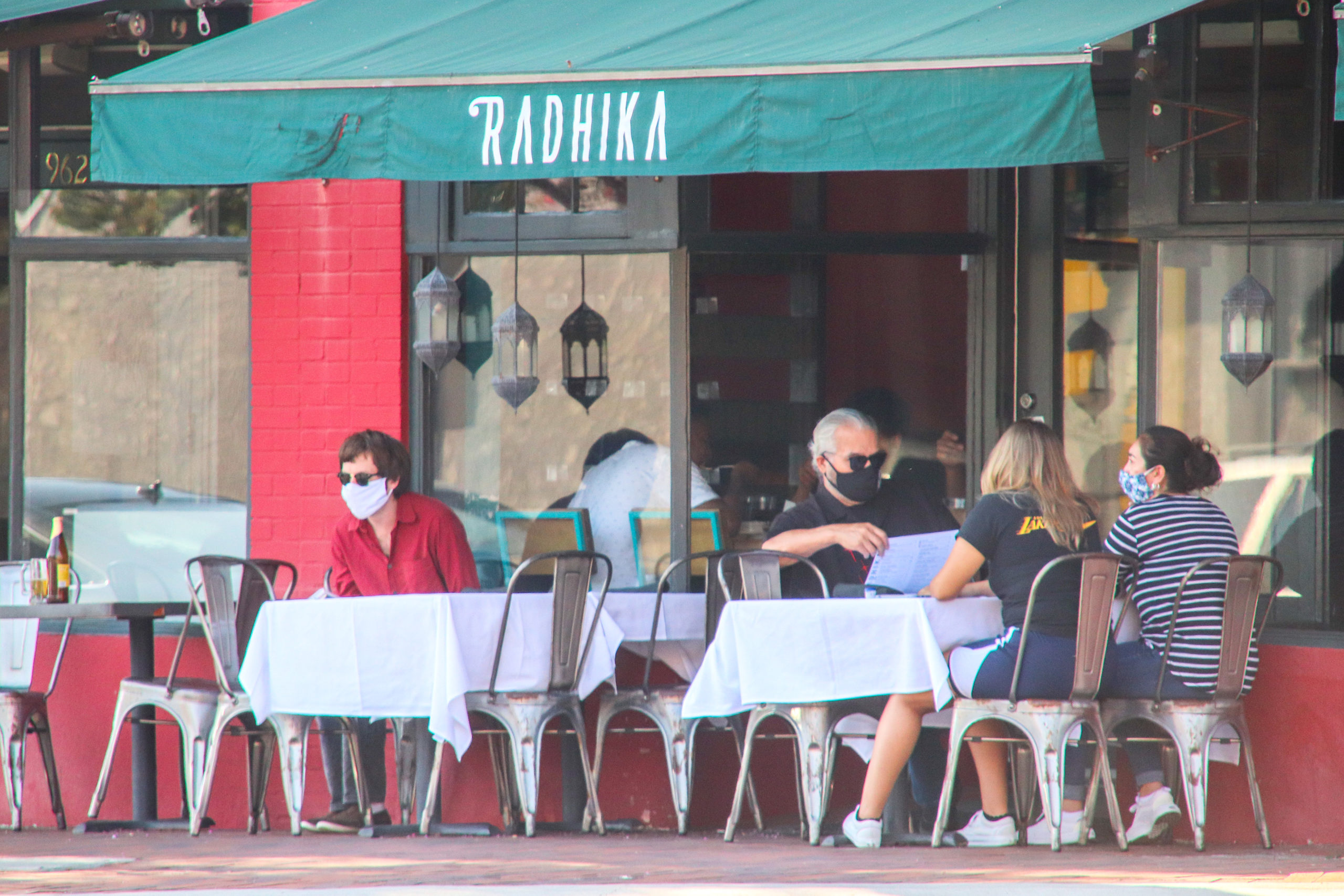
Grant opportunities are being explored by city staff, noted Lin, to help offset the cost of acquiring barricades. Businesses interested in utilizing a parking lane or closing a side street would need to obtain a temporary encroachment permit from public works and a TUP from the city’s planning department.
In her report and during a presentation during the virtual June 17 council meeting, Lin said city staff will also work with the Chamber of Commerce “to conduct additional outreach with local businesses to identify clusters of businesses to determine the most appropriate locations for parking lane or street closures.”
She said the estimated cost of barriers for the parking lane or street closures is approximately $10,000 per block for a one-month period.
Lin told the council that 12 businesses responded to a survey showing interest in an al fresco experience. “It’s a mixed bag in terms of options they are interested in,” she explained. “Some are interested in multiple options and want to see what will work for them. So, we’re going to have to work with them on a case-by-case basis. There’s a possibility of clustering the businesses so that we can be more efficient to utilize the space.”
South Pasadena City Manager Stephanie DeWolfe, noting the city is working closely with the Chamber, believes the program is only going to gain in interest.
City Council member Dr. Richard Schneider said there’s interest among some residents in phase 2 to block off Meridian Avenue close between El Centro and Mission Street for al fresco dining over a 9 to 12 month span. “We can put outdoor dining facilities there,” he said. “There are a whole lot of restaurants that are close by to that area. There’s a lot of support in the community for a walking plaza there, rather than having traffic go through there. I think we should have that on the back-burner and discuss it later.”
After discussing the matter, the council authorized exploring the idea of closing Meridian from Mission to El Centro to cars to create an Al Fresco dining park.
The city’s farmers market currently occupies the space, adjacent to the Gold Line light rail station, on Thursday afternoons. Two letters to the council pushing the Schneider’s idea were read for the record.
In late May, Los Angeles Mayor Eric Garcetti launched LA Al Fresco in support of outdoor opportunities for restaurants in conjunction with the LA County Department of Public Health. According to a statement from the City of Los Angeles, LA Al Fresco aims to help businesses reopen while allowing customers and employees to maintain the physical distance recommended by public health officials by temporarily relaxing the rules that regulate outdoor dining.
The idea of al fresco dining and efforts to support South Pasadena businesses is intended for economic growth and recovery, stressed Khubesrian, and to distance patrons from each other out of concern for safety from the spread of the virus, which doesn’t seem to be going away soon.
It might be the lifeline keeping some eateries and stores afloat after months of anguish and concern in how to keep their doors open.
“I’m thrilled to see the community’s enthusiastic support of this initiative,” said Khubesrian. “It will help our small businesses and keep us safer. The city manager is very supportive and making sure we address any safety or traffic liability and to it correctly.”

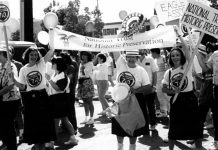

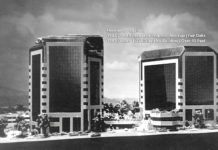



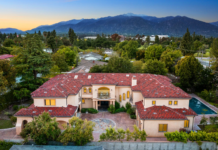



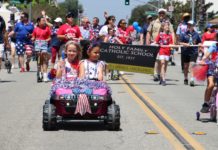



.png)



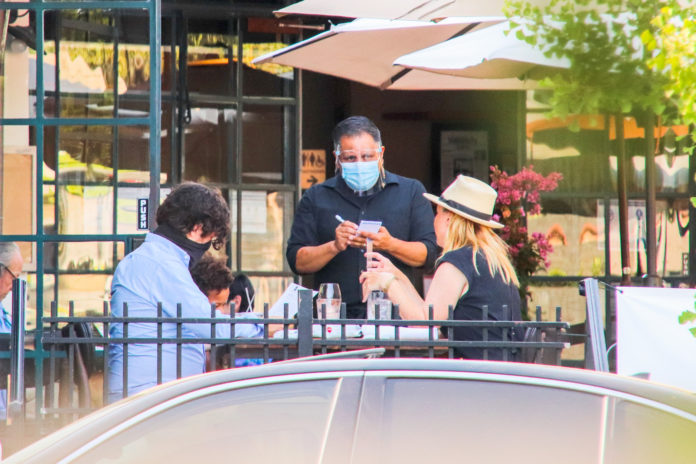


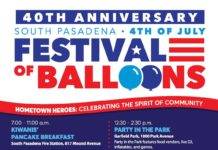

This really should not be this hard or this slow. Manhattan Beach had this set up two weeks ago. The speed of an idea to implementation does not need to be this laborious or difficult. Especially now indoor dining is no longer allowed for the next three weeks.
Can’t we learn from Manhattan Beach and get this set up?
https://localemagazine.com/manhattan-beach-outdoor-dining-approved-help-of-michael-zislis/